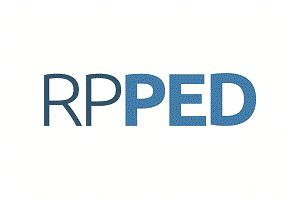OBJETIVO: Presentar revisión de literatura sobre el uso de vaso/taza como método alternativo de alimentación para recién-nacidos prematuros y verificar si hay consenso sobre su indicación para esta población. FUENTES DE DATOS: Revisión de literatura narrativa, habiendo sido seleccionados artículos en las bases de datos Medline, Lilacs, SciELO y Cochrane, independientemente del año, usando descriptores específicos: alimentación artificial, recién-nacido prematuro, lactancia materna, métodos de alimentación. SÍNTESIS DE LOS DATOS: Aunque algunos estudios afirmen que el método vaso/taza es eficaz y seguro para alimentar a recién-nacidos pre-término y a término, tales estudios no evalúan de modo objetivo el efecto del método sobre la deglución de estos pacientes. CONCLUSIONES: Se verificó que no hay consenso en la literatura respecto a la complementación de la alimentación de recién-nacidos prematuros mediante vaso/taza. Se debe realizar estudios controlados con la finalidad de rever riesgos y beneficios del uso de métodos alternativos en la alimentación del recién-nacido prematuro.
alimentación artificial; prematuro; lactancia materna; métodos de alimentación
